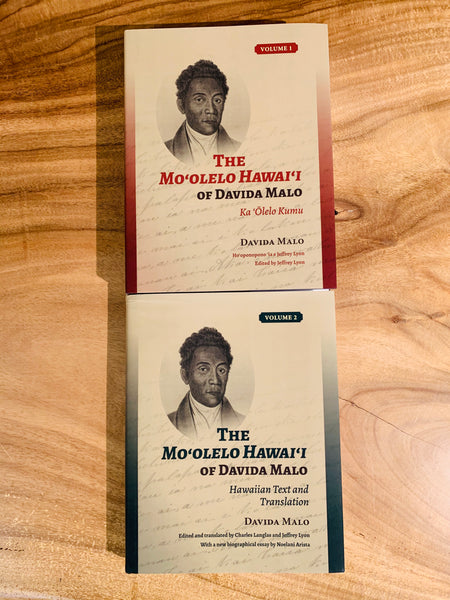The Moʻolelo Hawaiʻi of Davida Malo Vol. 1 & Vol. 2
$62.00 - Sold Out
The Moʻolelo Hawaiʻi of Davida Malo Volume 1: Ka ʻŌlelo Kumu
Written by David Malo, edited by Jefferey Lyon
Jeffrey Lyon is a professor in the Department of Religion at the University of Hawai‘i at Mānoa.
Hardback: $68.00
Published: May 2020
University of Hawaii Press 640 pages | 296 b&w illustrations
The Moʻolelo Hawaiʻi of Davida Malo Volume 2: Hawaiian Text and Translation
Written by David Malo, edited and translated by Charles Langlas and Jeffrey Lyon, with a new biographical essay by Nolan Arista
Hardback: $62.00
Published: May 2020
University of Hawaii Press 416 pages | 5 b&w illustrations
About the Book by University of Hawaiʻi Press
-
Davida Malo’s Moʻolelo Hawaiʻi is the single most important description of pre-Christian Hawaiian culture. Malo, born in 1795, twenty-five years before the coming of Christianity to Hawaiʻi, wrote about everything from traditional cosmology and accounts of ancestral chiefs to religion and government to traditional amusements. The heart of this two-volume work is a new, critically edited text of Malo’s original Hawaiian, including the manuscript known as the “Carter copy,” handwritten by him and two helpers in the decade before his death in 1853. Volume 1, edited by Jeffrey Lyon, provides images of the original manuscript pages, side by side with the new edited text. Volume 2, edited and translated by Charles Langlas and Jeffrey Lyon, presents the edited Hawaiian text side by side with a new annotated English translation.
Malo’s text has been edited at two levels. First, the Hawaiian has been edited through a careful comparison of all the extant manuscripts, attempting to restore Malo’s original text, with explanations of the editing choices given in the footnotes. Second, the orthography of the Hawaiian text has been modernized to help today’s readers of Hawaiian by adding diacritical marks (‘okina and kahakō, or glottal stop and macron, respectively) and the punctuation has been revised to signal the end of clauses and sentences. The new English translation attempts to remain faithful to the edited Hawaiian text while avoiding awkwardness in the English.
Both volumes contain substantial introductions. The introduction to Volume 1 (in Hawaiian) discusses the manuscripts of Malo’s text and their history. The introduction to Volume 2 contains two essays that provide context to help the reader understand Malo’s Moʻolelo Hawaiʻi. “Understanding Malo’s Moʻolelo Hawaiʻi” describes the nature of Malo’s work, showing that it is the result of his dual Hawaiian and Western education. “The Writing of the Moʻolelo Hawaiʻi” discusses how the Carter copy was written and preserved, its relationship to other versions of the text, and Malo’s plan for the work as a whole. The introduction is followed by a new biography of Malo by Kanaka Maoli historian Noelani Arista, “Davida Malo, a Hawaiian Life,” which examines his life as a chiefly councilor and Hawaiian intellectual.
Related Items


2024-2025 PKHCC Hawaiian Moon Calendar
$21.95
Sold Out
The 2024 Hawaiian Moon Calendar was inspired and created by Aunty Bobbee Mills. Edited, updated,...
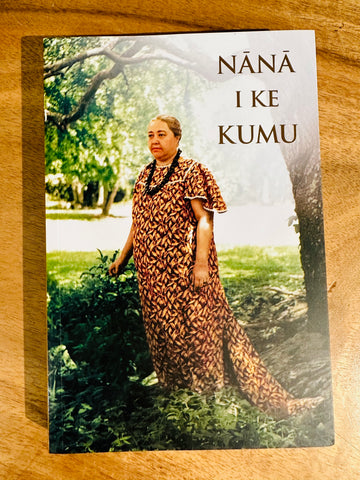
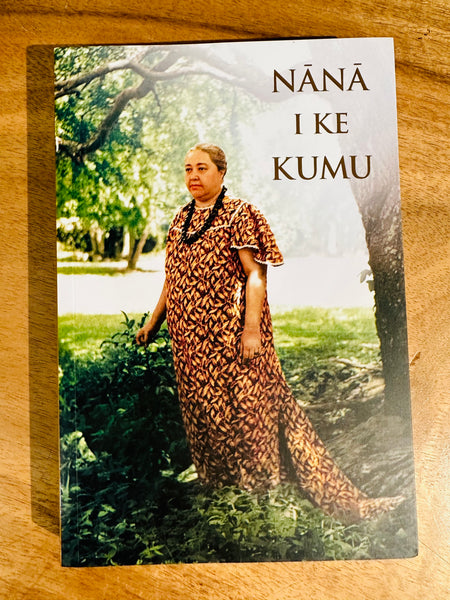
NĀNĀ I KE KUMU HELU ʻEKAHI (VOL. 1)
$21.00
Sold Out
Nānā I Ke Kumu Helu ʻEkahi (Volume 1) Nānā I Ke Kumu (Look to...
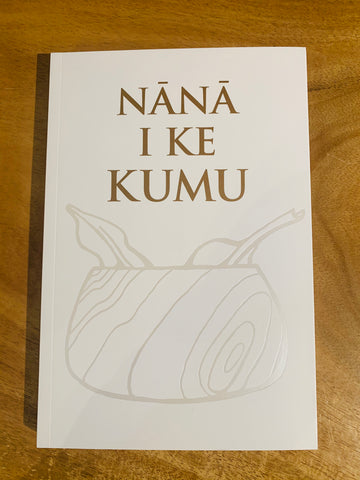
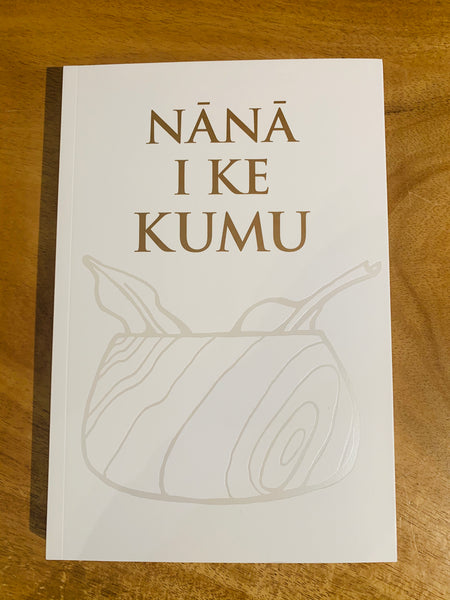
NĀNĀ I KE KUMU HELU ʻEKOLU (VOL. 3)
$25.00
Sold Out
Nānā I Ke Kumu Helu ʻEkolu (Volume 3) This third volume of Nānā i Ke Kumu presents...

